Crystallization of art and architectural art using children's mentality
(inspired by living and non-living things)
by Fahime Saeedi

We are glad to present the article of Fahime Saeedi, an artist and architect who emerged from an ordinary background in a dictatorial society. Navigating a landscape where artistic expression and knowledge often face suppression, Fahime's resilience in her pursuit of artistic excellence is nothing short of inspiring. Her journey in Iran, where her artistic endeavors are largely confined to coaching, highlights her relentless commitment to her crafts. Fahime is not just an artist; she is a researcher and a visionary, embodying the power of art to thrive in even the most challenging environments. As we explore the rich and diverse world of Fahime Saeedi, we find a creator whose work not only crosses conventional boundaries but also redefines the essence of being an artist in the modern era.
- ArtCabbage
The spread of architectural art in the style of inspiration from living and non-living creatures (children's mentality) can become a new revolution in the huge industry of art and architecture. A transformation that gives energy to a person and transforms it into an ideal form. Forms that people have always looked for and have been unavailable. Architecture and art as a whole, inspired by living and non-living creatures - children's mentality is actually a kind of transformation compared to the arts performed in today's world.
Let's talk a little about the art of architecture
In the past styles from the 19th century until now, from the modern style to the cosmic emergence, architecture has become a gap in the sky. only to show the glory and separation of the past, to connect it with the future with the simultaneous advancement of technology in science and industry and the high speed of communication.
Before the modern style, art is the source of peace and comfort for the viewer due to its structure, but after that, peace is no longer found among people until humanity is looking for designs that reduce violence and bring peace to their minds. Of course, it cannot be denied that the people of the whole world are indebted to the modern style because they, like other citizens who were distinguished by class distance, were able to benefit from more suitable facilities. In the past, architecture was in the hands of the rulers, the rich, and the churches, and the poor class had very limited facilities.
Art in the style of using inspiration from living and non living things - children's mentality.
Thus, this style is derived from living and non living things. The origin of this idea are children. This art is separate from contemporary and past arts and styles. This art is a representation of the inside of each person who wants to talk about it, such as: anger, hate, love, kindness, etc., but can't and this hypothesis helps him to express his inner world without being embarrassed. This theory has nothing to do with the civilization and culture of any particular country.
Every artistic theory in a country is formed by an artist, a student, who is often separated from the culture and civilization of that country. I appreciate the cultures and civilizations of various countries, but my theory is distinct from these civilizations. This style is unwittingly inspired by organic, folding, and a few other styles, though it shares little in common with them. This hypothesis is compatible with living and non-living things.
This theory is derived from the creative world of children.
In architecture, it is in harmony with nature and man. In painting, the spirit of the people is considered. In music, there are complex notes that are supposed to be played with different rhythms. In literature, it is the unsaid that compels the writer to express what is in his heart without the least fear. This might create this mentality in the reader that it was the same in other styles, especially in the art of music, literature, and some arts. However, it must be stated, It is not like that; each style is different from the other and has positive and negative effects.
For example, in literature, the author is involved in society, the margins of society, politics, and he cannot write what he wants, because the audience is not attracted to every word, so he must comply However, if the author were a child, they would write what they liked.
In music, they play what they like. The sound of 'dom, dom, dom,' holds special meaning for them and brings joy to elders when heard. Thus, it can be concluded that only the world of children can distract adults from their thoughts and momentarily alleviate their pain, however briefly.
In art of architecture, some styles, such as organic, have significantly fewer negative effects compared to their positive impacts. A brief examination of existing works in the organic style can attest to the truth of my statement.
In using this style and any other style that has emerged in the world of art, if there is not enough precision in choosing everything that is made, the structure of the work will not be designed correctly. Not only is it not good for the environment and humans, but it will also be obsolete years later (Of course, it is interesting for industrialists and businessmen who are looking for power, profit, and capital, that is why, for example, they use materials in construction, etc., which have a shorter lifespan).
In today's world, where everyone seeks comfort in some form, the proposed style can significantly contribute to human society and the environment.
Drawing curved lines next to straight lines makes the viewer enjoy the environment. This combination makes it wonderful. In today's world where sound and visual pollution has engulfed the earth, this theory brings comfort to everyone's life to a great extent. A design that will undoubtedly be beneficial in today's world, reducing the crowding of the mind and soul as much as possible. A style that can have a profound effect on many things.
Children's minds, with all their ups and downs, have beauties that they are involved in.
Children draw or create what they are interested in without the slightest illusion. I created such a style by using children's view of their surroundings. Drawing, creating, without fear of others, talking about all the feelings towards the surrounding issues, that too, in children's language.
Perhaps the thought comes to mind that children's lines are infinitely dumb and only they themselves understand what they are drawing. It should be said: children from three to eight years old, eight to ten years, ten to twelve years, have different views of their surroundings. Yet, they share a common trait: expressing their desires without hesitation, a trait that differs across the mentioned ages.
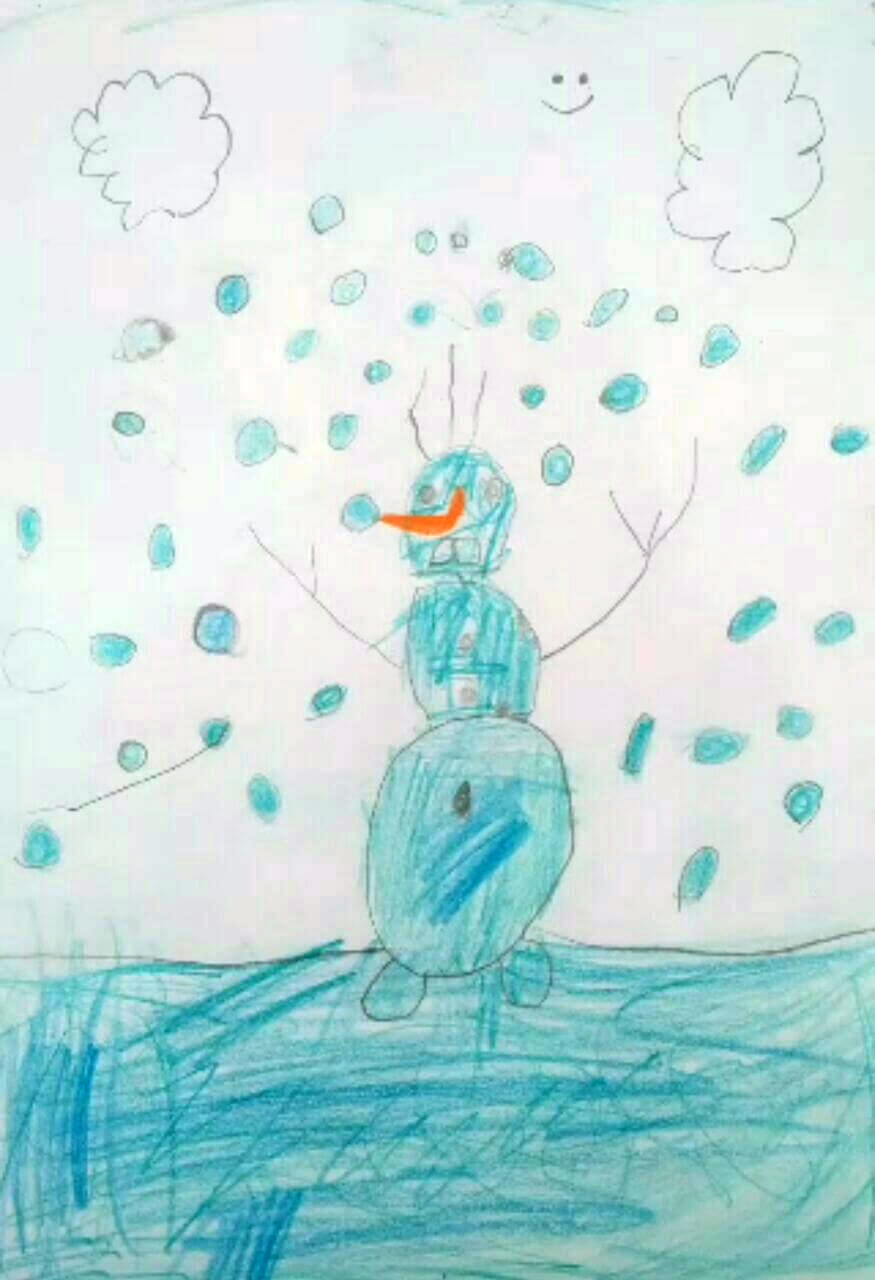
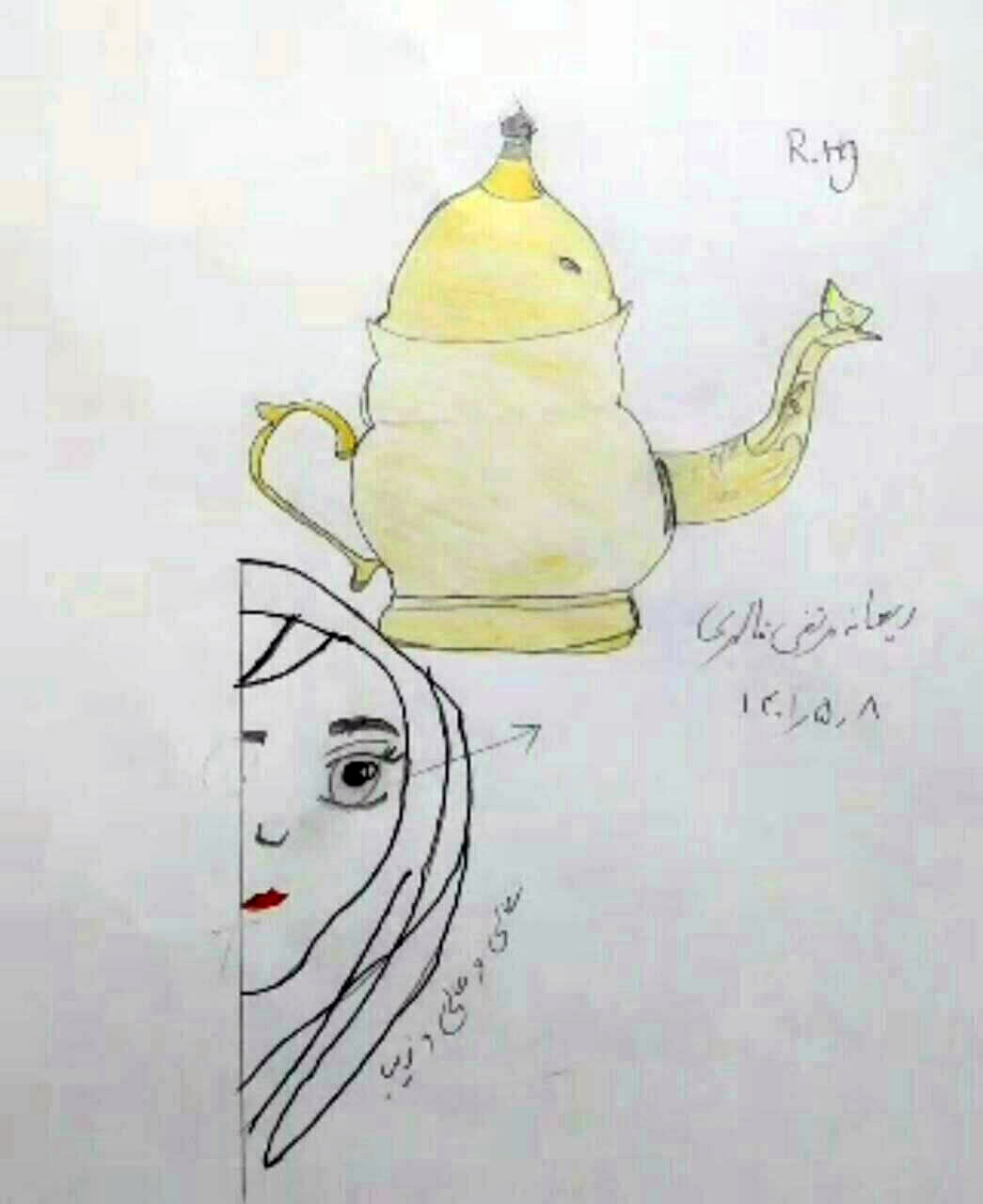
These drawings are for ages four to eleven. If you look carefully at the figures, you will realize that they all do not have the same view of the surrounding environment and their desires, but there is a uniformity in their approach to drawing. They draw on paper without the slightest fear, curved and irregular lines that are fun to draw every time. They go deep and play with whatever is deep in their mind.
They tell stories, write poems, draw pictures, talk, play the role of aunt, and do thousands of other spectacular things. But when children are under the pressure of their parents, under the ruling determinism, they are freed from their imaginary space and forced to learn principles and rules. As long as they are under the rule of determinism, if you ask them to "tell a story and draw that story," they are no longer able to write and draw because their minds have distanced themselves from their childish world and forced them to act, about what he has just learned.
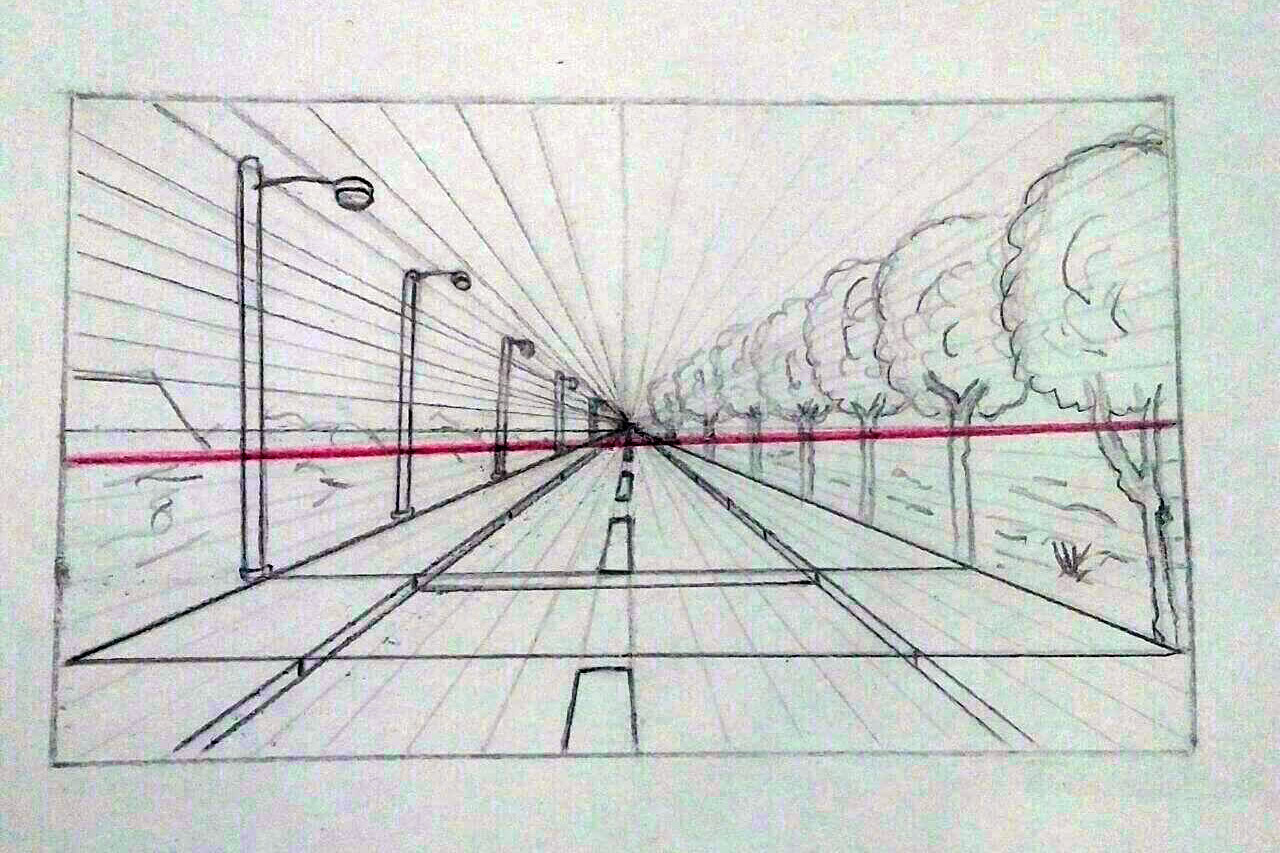
The child gets to know the rules of drawing, writing, speaking, etc., and finally, it becomes a creature that is no longer its original self. A child who no longer exists and only becomes what his family, school, university, work environment, and the society in which he lives have made him. He is made into a being other than himself and his needs. Psychologists believe that if you want to explore a person, you must reach his inner layers. Reach his childhood, a place that has grown up by passing through it.
Man needs to find his inner child and actually start healing it so that he can know his true self and strengthen it better. This style helps him to return to the place where he belongs and was separated from it for various reasons.
The art and art of architecture by using living and non-living things (children's mentality) to get rid of belongings until reaching the future
Using the imaginary world of children, I started drawing, creating architectural works, and with the help of graphics, I did many illustrations, and the result was that my hands can draw what my mind wants, and my mind wants what my heart wants. It is looking for it and my heart is only looking for peace. What all beings seek. If you enter a contemporary art exhibition, you will enjoy some works arranged in it for a moment, but after a while, you will forget it or even get tired of it. Art is the only tool by which you can play with the mind.

It tenses or calms the mind. Urban space, urban furniture, facades, interior decoration of houses, offices, work environment, roads, highways, exhibitions, and thousands of other small and large things, if they are not designed properly, consequences such as: boredom, depression, tension, pain, pollution, they create weather and...
Quoting from American architect Peter Eisenman: "Before learning the art of architecture, you must first learn language, history, literature, and philosophy." And I also add to his words; "In learning art, in addition to history, language, literature, philosophy, you must have learned psychology, sociology, and mathematics very well, because they will have a great impact on the formation of an eternal work and human soul."
In order to understand this style more, materials are provided that will help artists to create their works using this style
Before any article, it is very important to keep in mind that some forms are formed based on living and non-living things, but designing based on it by placing the principle of the subject or a symbolic form that does not specify what kind of creature or phenomenon it represents, has been done.
Regarding architectural works; let's take a simple example of the artworks of the lady artist, Zaha Hadid, and the amazing Hotel Emperor, in China. The first case is a symbol of creatures that if the designer does not give a description of it, the viewer will not understand the designer's mentality. In fact, he sees complex forms that can be attractive to him. And the second is a human being. These are unique in their own way, but the art style derived from living and non-living things is not. The new style in architecture and art in general does not face many complications. It is true that it is a symbolic form of beings, but it is far from complicated or simple. "More precisely, through our childhood world, we create countless shapes of different but harmonious shapes that express its existence." For example: I considered the site of Amina's orphanage and implemented ideas that fit the residents.
Some notes, however, are worth mentioning:
1) Special attention should be paid to users when creating. Unfortunately, most designers and artists tend to create in general and are oblivious to the needs and moods of the audience.
2) I only drew on the ground map, but due to the dirty policies of the Iranian government, despite my best efforts (18 years), I could not make such a huge collection.
This style was created in my mind when I entered the Amina orphanage. (In the environment of the orphanage, no attention is paid to the needs of the children and young people living in the complex.) At the beginning of the idea, that place became the origin of a new style in architecture for me. Slowly, this style became evident in my paintings. Let's give an example; with a little attention to the picture, you will notice that the whole site is like a mechanical face and a subsidized game. The dormitory, quarantine, and clinic complex is like a child resting between two hands. The amphitheater collection is like a cup and turtle, a sports club like a racket (this type of racket was used by the Chinese in the past as a tool in the polo game). The view of the dormitory is like a beehive. The view of an amphitheater, like a horse, and from another angle, like a heavy metal, rock, or punk type. The plan of the amphitheater is like a chicken, and the rest also have different forms. The site plan, view, cross-section, etc., have different forms. Let's interpret it like this; in itself, it consists of several forms, each of which has a separate identity.
It was about architecture. The same is true of painting. The following figure, from the point of view of its designer, is a representation of an introverted person.

Introverts, unlike their harsh and even emotionless appearance, have a generous and kind heart.
It is better to have a comparison with one of the famous works in the art of architecture. Pay attention to the facade of the building. What shape does it create in your mind? If the designer does not explain it clearly, it may be attractive to the viewer, but he will never understand the truth. Even if the explanation is sufficient, it is still not understandable for every person. Pay attention to the plan of the same building. What amazing thing increases its attraction? It is clear that there is nothing surprising. Certainly, the layout of the spaces and accesses cannot be denied, but overall it is not an outstanding plan.


As mentioned, the use of my imagination in the matter of graphic illustration has helped to create such a style of living and non-living things.
Let's go back to the topic of children's mentality, who are able to create countless works by using living and non-living things.
Look at the figure below. The four-year-old child looked around like this: 'This is my drawing teacher, and he is standing by the tree.' The topic I had given him was drawing a tree, and the teacher drew it in black and a pillar in green.
When I asked him to please describe the shape he drew, he explained in longer sentences and just drew a few different lines. 'My coach is very kind. He is tall and beautiful, and I think he looks like a tree, like trees in parks. He loves me, and I love him.' He was asked other questions, and his answers were very audible.
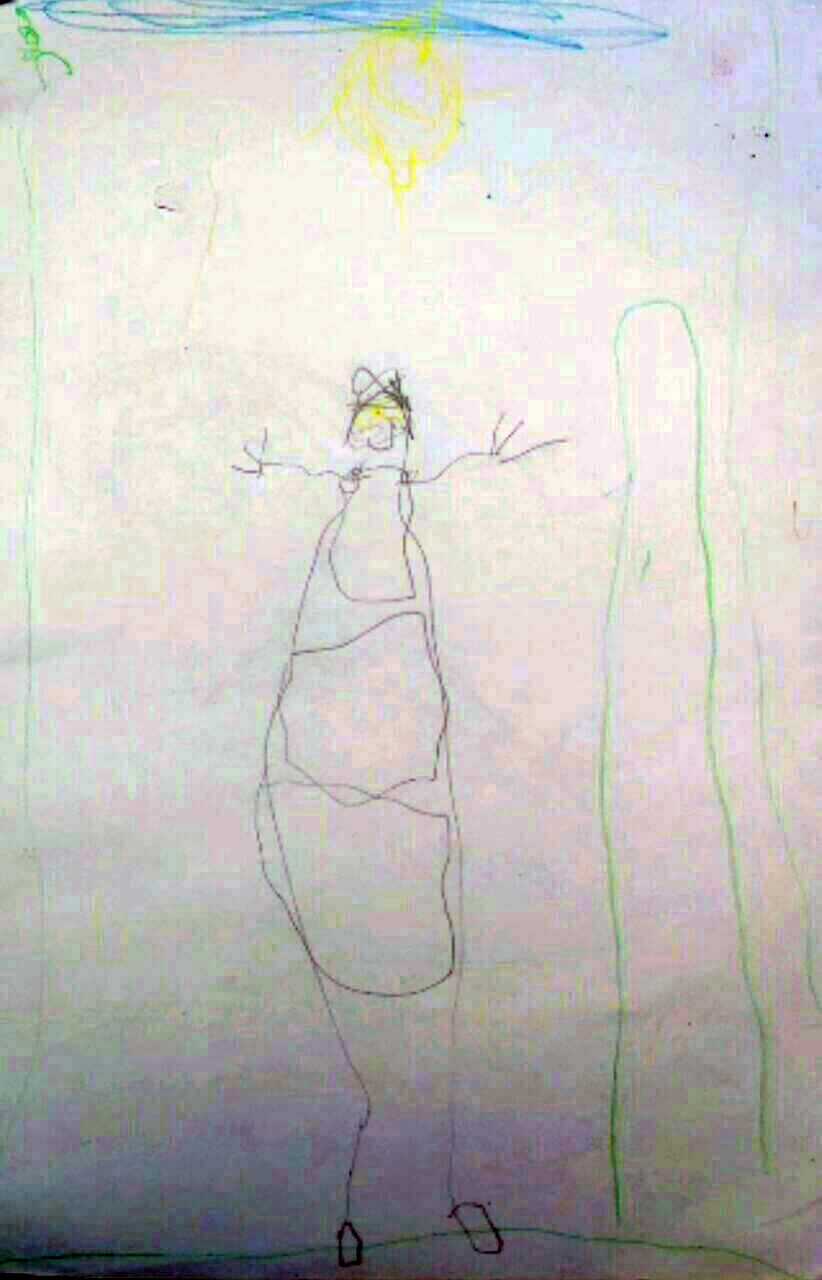
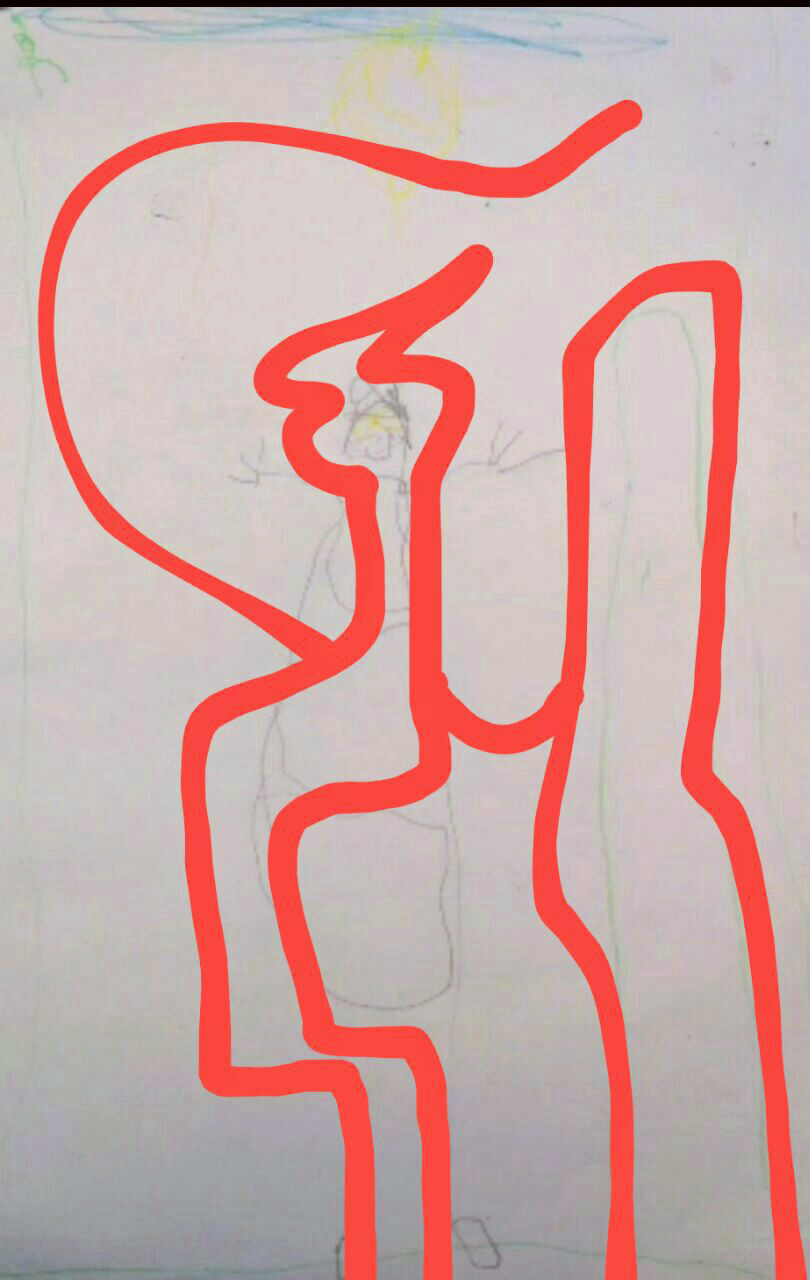
Now, using this drawing of the child's mentality towards her teacher, let's draw another picture based on the words of a four-year-old child.
What do you create from that painting? A painting? An Urban Element? A chair or something else?
Therefore, the inner child easily rushes to help the artist to create a unique work. My view of the design I created is quite childish, but more coherent and principled lines are drawn. In this style, you don't need to have a child's drawing in hand to be able to use it to create an effect, the child in you is enough for this. In this style of openness of the artist's hand, his familiarity with graphics, illustration, mathematics, psychology, sociology, philosophy, literature, language, history, and even pure music is very important for creating his works because it allows the artist to can achieve the desired effect. As a rule, the works left behind and lasting all over the world are the result of the efforts of such worthy artists.
In the end, I will finish the article with one sentence; "Be the creator of what you need and be sure that others will need it."
You can find out more about the author on Instagram.